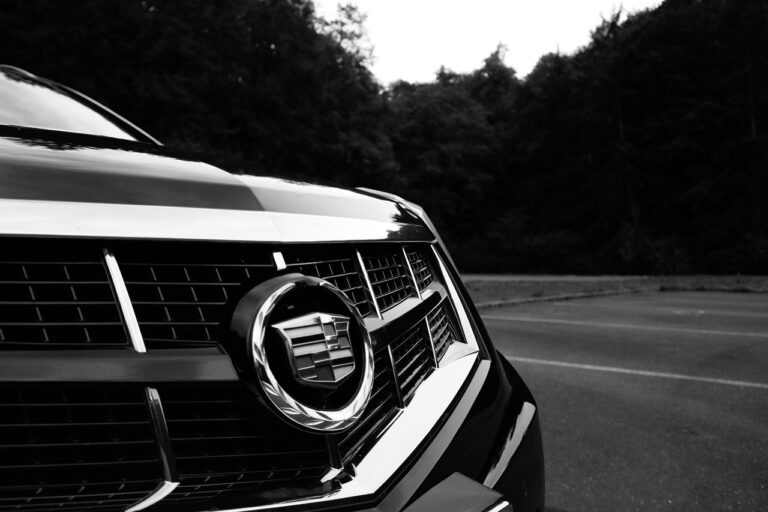The Influence of Cultural Symbols on Car Exterior Graphics
When it comes to shaping car exterior graphics, one key factor to consider is the brand’s identity and messaging. Car manufacturers often use graphics as a way to communicate their values, ethos, and messages to consumers. The graphic elements chosen, such as colors, fonts, and symbols, play a crucial role in conveying the brand’s image and creating a cohesive visual identity across different models and campaigns. By carefully selecting and designing these elements, car companies can establish a strong visual presence and make a lasting impression on their target audience.
Another pivotal factor that shapes car exterior graphics is current design trends and industry standards. Car designers are constantly influenced by the latest trends in graphic design, fashion, and technology. They must stay attuned to emerging styles and preferences in order to create visually appealing and contemporary graphics that resonate with consumers. By incorporating modern design elements and techniques into their graphics, car manufacturers can ensure that their vehicles remain competitive and attractive in a rapidly evolving market.
Cultural Symbols in Automotive Design
One of the most intriguing aspects of automotive design is the incorporation of cultural symbols into the exterior graphics of cars. These symbols can vary widely, from ancient motifs to contemporary icons, representing the diverse cultural influences that shape the global automotive industry. By integrating these symbols into car graphics, automakers are able to communicate powerful messages that resonate with consumers on both a conscious and subconscious level.
Cultural symbols in automotive design have the ability to evoke emotions, trigger memories, and create a sense of identity for both the car and its driver. Whether it’s a traditional pattern, a national flag, or a modern symbol of innovation, these elements play a crucial role in establishing a connection between the vehicle and its intended audience. As car manufacturers continue to innovate and push the boundaries of design, the use of cultural symbols in car graphics serves as a key component in shaping the visual language of the automotive industry.
The Role of Iconography in Car Graphics
Iconography plays a pivotal role in the design of car graphics, serving as a visual language that communicates specific messages. The use of symbols, logos, and images help to create a connection with the audience, conveying the identity and values of the brand or vehicle. These visual elements evoke emotions, memories, and associations, contributing to the overall aesthetic appeal and recognition of the vehicle.
Through the strategic placement of iconic symbols and graphics on car exteriors, manufacturers can establish a strong visual identity that sets them apart from competitors. The use of iconic imagery also helps to create a sense of continuity and heritage, linking modern designs with the history and legacy of a particular brand. By incorporating culturally significant symbols or elements into car graphics, designers can resonate with diverse audiences and evoke a sense of tradition or innovation, depending on the intended message.
What are some factors that shape car exterior graphics?
Factors that shape car exterior graphics include brand identity, target audience, cultural influences, and design trends.
How do cultural symbols play a role in automotive design?
Cultural symbols can be incorporated into automotive design to convey meaning, reflect heritage, or appeal to specific demographics.
What is the significance of iconography in car graphics?
Iconography in car graphics helps convey messages, establish brand recognition, and create visual interest on the vehicle’s exterior.





